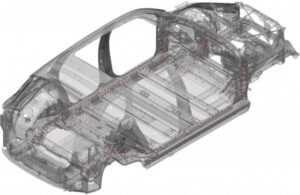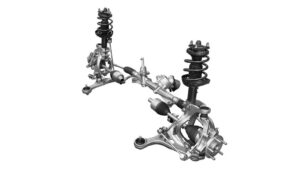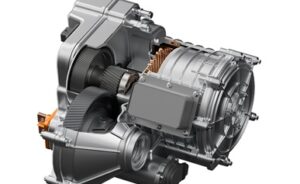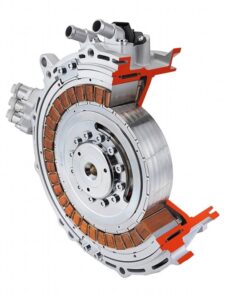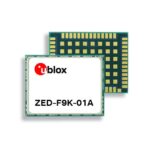
Intel unveiled research breakthroughs fueling its innovation pipeline for keeping Moore’s Law on track to a trillion transistors on a package in the next decade. At IEEE International Electron Devices Meeting (IEDM) 2022, Intel researchers showcased advancements in 3D packaging technology with a new 10x improvement in density; novel materials for 2D transistor scaling beyond RibbonFET, including super-thin material just 3 atoms thick; new possibilities in energy efficiency and memory for higher-performing computing; and advancements for quantum computing.
Intel introduces quasi-monolithic chips for next generation 3D packaging:
- Intel’s latest hybrid bonding research presented at IEDM 2022 shows an additional 10 times improvement in density for power and performance over Intel’s IEDM 2021 research presentation.
- Continued hybrid bonding scaling to a 3 um pitch achieves similar interconnect densities and bandwidths as those found on monolithic system-on-chip connections.
Intel looks to super-thin ‘2D’ materials to fit more transistors onto a single chip:
- Intel demonstrated a gate-all-around stacked nanosheet structure using 2D channel material just 3 atoms thick, while achieving near-ideal switching of transistors on a double-gate structure at room temperature with low leakage current. These are two key breakthroughs needed for stacking GAA transistors and moving beyond the fundamental limits of silicon.
- Researchers also revealed the first comprehensive analysis of electrical contact topologies to 2D materials that could further pave the way for high-performing and scalable transistor channels.
Intel brings new possibilities in energy efficiency and memory for higher-performing computing:
- To use chip area more effectively, Intel redefines scaling by developing memory that can be placed vertically above transistors. In an industry first, Intel demonstrates stacked ferroelectric capacitors that match the performance of conventional ferroelectric trench capacitors and can be used to build FeRAM on a logic die.
- An industry-first device-level model captures mixed phases and defects for improved ferroelectric hafnia devices, marking significant progress for Intel in supporting industry tools to develop novel memories and ferroelectric transistors.
- Bringing the world one step closer to transitioning beyond 5G and solving the challenges of power efficiency, Intel is building a viable path to 300 millimeter GaN-on-silicon wafers. Intel breakthroughs in this area demonstrate a 20 times gain over industry standard GaN and sets an industry record figure-of-merit for high performance power delivery.
- Intel is making breakthroughs on super-energy-efficient technologies, specifically transistors that don’t forget, retaining data even when the power is off. Already, Intel researchers have broken two of three barriers keeping the technology from being fully viable and operational at room temperature.
Intel continues to introduce new concepts in physics with breakthroughs in delivering better qubits for quantum computing:
- Intel researchers work to find better ways to store quantum information by gathering a better understanding of various interface defects that could act as environmental disturbances affecting quantum data.

